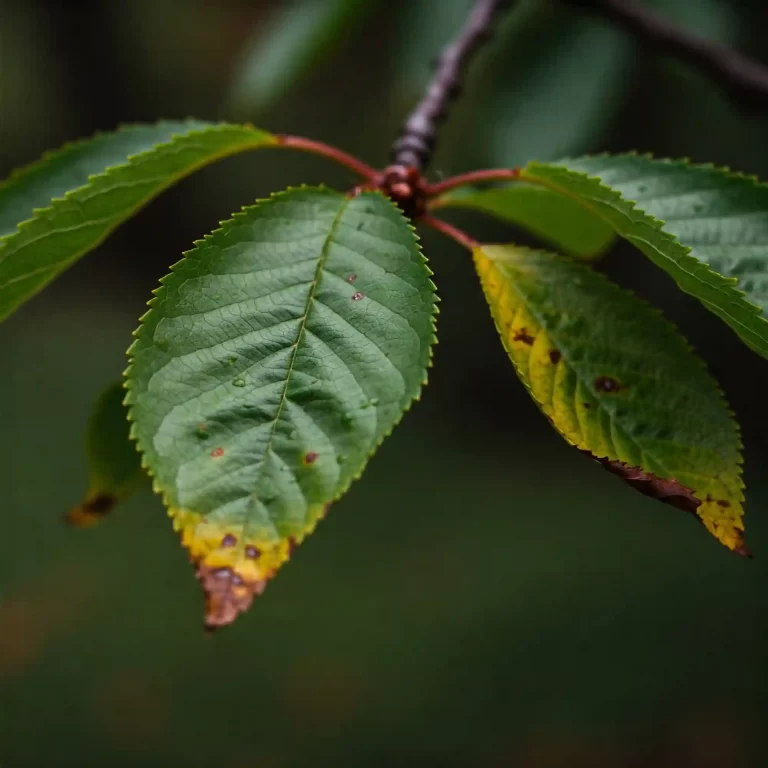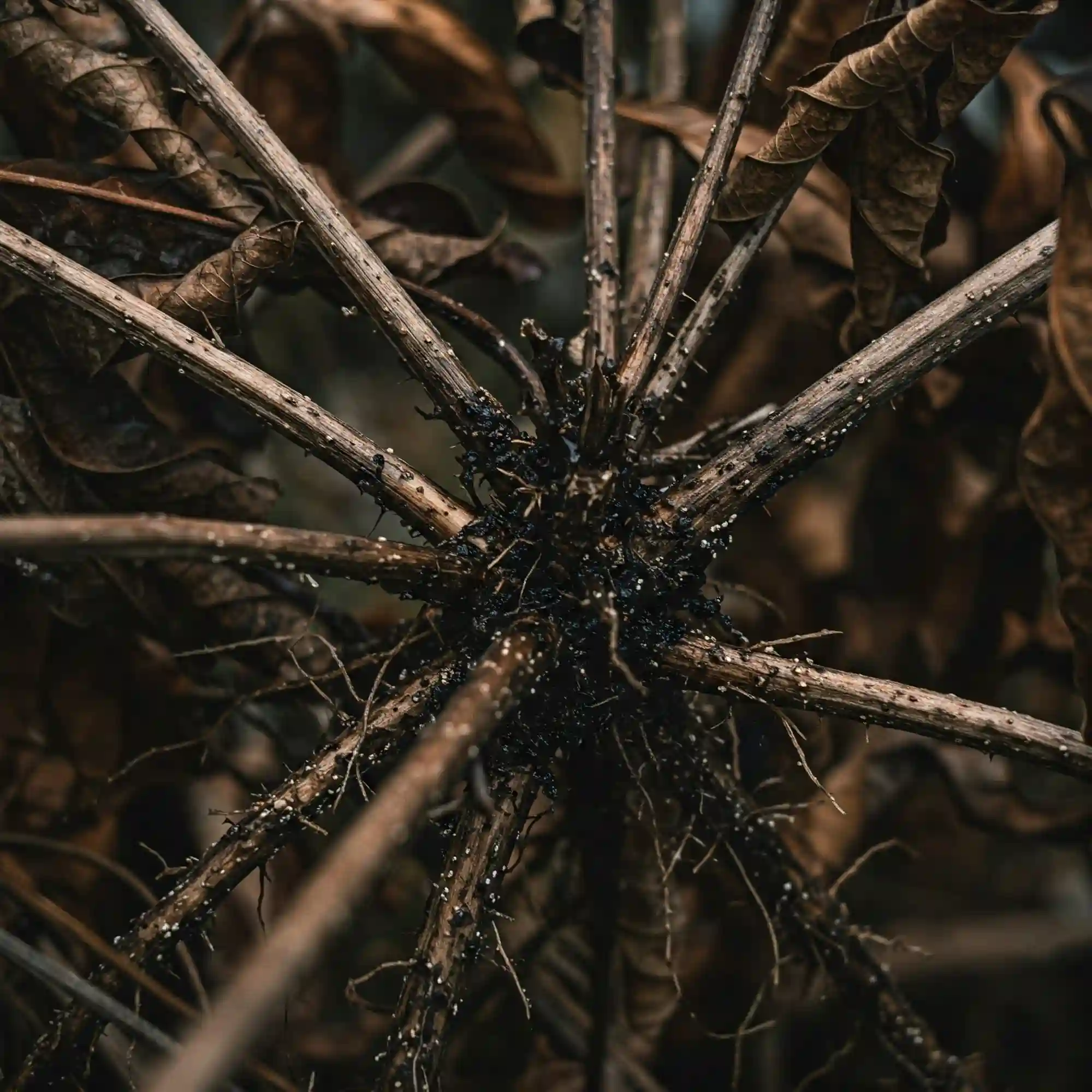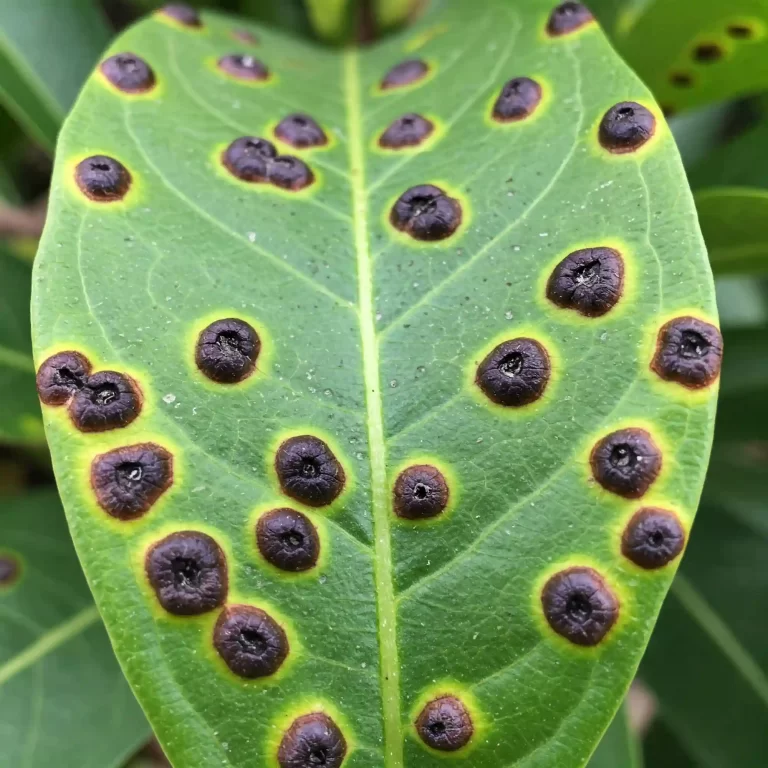Are you a citrus tree enthusiast struggling with a persistent pest infestation? Citrus red mites, tiny but formidable adversaries, can wreak havoc on your beloved plants. If you’re noticing yellowing leaves, webbing, and stunted growth, chances are you’re dealing with these pesky insects.
In this comprehensive guide, we’ll delve into the world of citrus red mites, exploring their identification, the damage they cause, and effective control strategies. Whether you’re a seasoned gardener or just starting out, this information will empower you to protect your citrus trees and maintain their health and vitality.
Identifying Citrus Red Mites
Citrus red mites are microscopic pests that can be difficult to spot without careful observation. However, there are several key indicators to look for:
- Tiny Red Dots: Adult mites are typically reddish-brown and measure less than 0.01 inches long.
- Webbing: Infested plants may exhibit fine webbing, especially on the undersides of leaves.
- Leaf Yellowing: As mites feed on plant sap, leaves may turn yellow or pale.
- Stunted Growth: Severe infestations can lead to stunted growth and reduced fruit production.
To confirm the presence of citrus red mites, it’s often helpful to use a magnifying glass. Examine the undersides of leaves for tiny, moving insects. You may also see eggs, which are small and round.
Citrus Red Mite Identification
| Characteristic | Description |
| Color | Reddish-brown |
| Size | Less than 0.01 inches |
| Habitat | Undersides of leaves |
| Symptoms | Yellowing leaves, webbing, stunted growth |
Note: While citrus red mites are the most common culprit, other pests like spider mites can cause similar symptoms. It’s essential to accurately identify the pest to implement the correct control measures.
To accurately identify citrus red mites, it’s essential to distinguish them from other similar pests, such as spider mites. While both mites can cause similar damage, there are key differences in their appearance and behavior.
- Color: Citrus red mites are typically reddish-brown, while spider mites can be various colors, including red, green, or yellow.
- Webbing: Citrus red mites tend to create denser, more noticeable webbing compared to spider mites.
- Size: Citrus red mites are generally smaller than spider mites.
Comparison of Citrus Red Mites and Spider Mites
| Characteristic | Citrus Red Mites | Spider Mites |
| Color | Reddish-brown | Red, green, yellow |
| Webbing | Dense, noticeable | Less dense, often barely visible |
| Size | Smaller | Larger |
By carefully examining these characteristics, you can accurately identify the pest you’re dealing with and take appropriate action.
Damage Caused by Citrus Red Mites
Citrus red mites feed on the sap of citrus plants, causing a range of detrimental effects. When left unchecked, these pests can significantly impact the health and productivity of your trees.
- Leaf Yellowing and Drop: As mites feed on the chlorophyll in leaves, they cause them to turn yellow or pale. In severe infestations, leaves may drop prematurely, reducing the plant’s photosynthetic capacity.
- Stunted Growth: Weakened plants may experience stunted growth and reduced vigor. This can lead to fewer and smaller fruits.
- Fruit Damage: While mites rarely feed directly on fruit, heavy infestations can cause indirect damage by weakening the plant and making it more susceptible to other pests and diseases.
- Reduced Yield: Infested citrus trees may produce fewer and lower-quality fruits, resulting in significant economic losses.
It’s important to address citrus red mite infestations promptly to minimize damage and maintain the health of your citrus trees. Early detection and timely control measures can help prevent severe consequences.
The Life Cycle of Citrus Red Mites
Understanding the life cycle of citrus red mites is essential for effective control. These tiny pests go through several stages, each with its own characteristics and vulnerabilities.
- Eggs: Female mites lay small, round eggs on the undersides of leaves. These eggs are often laid in clusters and are difficult to see without magnification.
- Nymphs: Eggs hatch into nymphs, which resemble smaller versions of adults. Nymphs go through several stages of development before reaching maturity.
- Adults: Adult mites are typically reddish-brown and have eight legs. They actively feed on plant sap and reproduce to continue the life cycle.
Citrus red mites have a relatively short life cycle, allowing for multiple generations to develop throughout the growing season. This rapid reproduction can lead to infestations that quickly escalate if left unchecked.
By understanding the life cycle of citrus red mites, you can target specific stages for effective control. For example, applying pesticides during the egg or nymph stages can disrupt the population and prevent future infestations.
Controlling Citrus Red Mites
Effective control of citrus red mites requires a combination of strategies tailored to your specific situation. Here are some common approaches:
- Cultural Practices:
- Proper Pruning: Remove dead or diseased branches to improve air circulation and reduce hiding places for mites.
- Sanitation: Clean up fallen leaves and debris around the base of your trees to eliminate potential breeding grounds.
- Watering: Avoid overhead watering, as wet leaves can create a favorable environment for mites. Instead, water at the base of the tree.
- Natural Predators:
- Beneficial Insects: Introduce natural predators like ladybugs, lacewings, and predatory mites to prey on citrus red mites.
- Avoid Broad-Spectrum Pesticides: Be cautious of pesticides that indiscriminately kill both beneficial and harmful insects.
- Horticultural Oils:
- Suffocation: Apply horticultural oils during the dormant season or when mites are active to suffocate them.
- Miticides:
- Chemical Control: In severe infestations, miticides may be necessary. Consult with a local agricultural extension service for recommendations on specific products.
Note: When using chemical control methods, always follow label instructions carefully and consider the potential impact on beneficial insects. Integrated pest management (IPM) is a holistic approach that combines various strategies to minimize pesticide use while effectively controlling pests.
By implementing these control measures and monitoring your citrus trees regularly, you can effectively manage citrus red mite infestations and maintain healthy, productive plants.
Frequently Asked Questions
Q: Can citrus red mites spread to other plants?
A: While citrus red mites primarily target citrus plants, they can occasionally infest other fruit trees, such as avocados. However, they are not considered major pests for these alternative hosts.
Q: How often should I check my citrus plants for mites?
A: Regular monitoring is crucial for early detection and effective control. Inspect your plants weekly, paying attention to the undersides of leaves and looking for signs of infestation.
Q: Are citrus red mites resistant to certain pesticides?
A: Overuse of pesticides can lead to the development of resistant mite populations. It’s important to rotate pesticides and use a variety of control methods to prevent resistance.
Q: Can organic methods effectively control citrus red mites?
A: Yes, organic methods can be effective in managing citrus red mite infestations. Combining cultural practices, natural predators, and horticultural oils can often provide adequate control without resorting to synthetic pesticides.
Q: What is the best time of year to treat citrus red mites?
A: The optimal timing for treatment depends on the specific life stage of the mites. However, many treatments are most effective during the dormant season or when mites are actively feeding. Consult with a local agricultural expert for specific recommendations based on your region and climate.
By addressing these common questions and following the guidelines provided in this guide, you can effectively manage citrus red mite infestations and ensure the health and vitality of your citrus trees.
Conclusion
Citrus red mites can be a significant challenge for citrus tree growers, but with proper identification, prevention, and control measures, you can effectively manage these pests and maintain healthy, productive plants.
Remember to regularly inspect your trees for signs of infestation, implement cultural practices, and consider natural control methods. If necessary, consult with a local agricultural expert for tailored advice and recommendations.
By taking a proactive approach and staying informed, you can protect your citrus trees from the detrimental effects of citrus red mites and enjoy the fruits of your labor.








